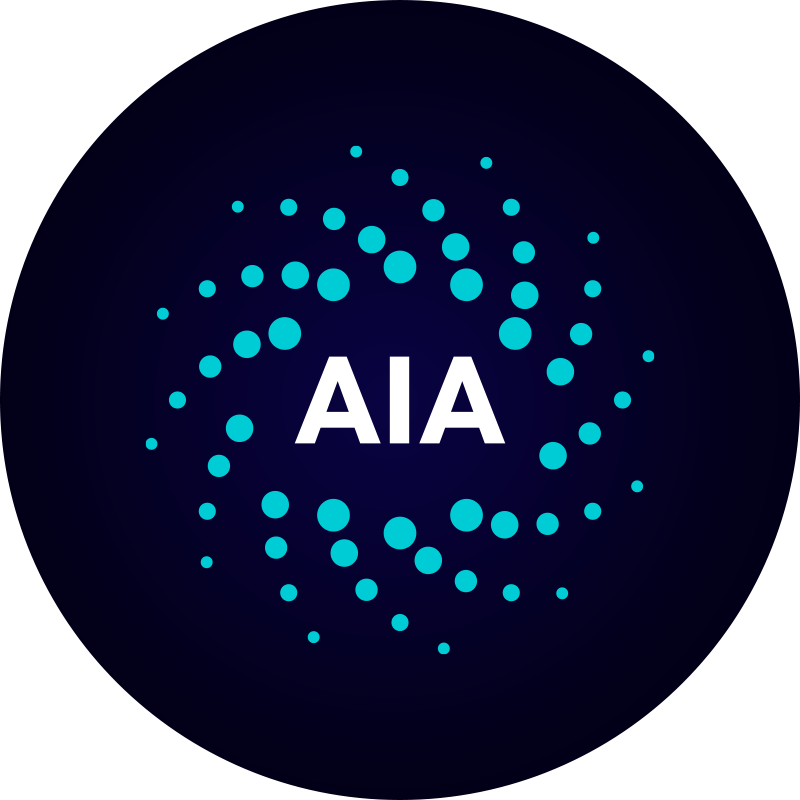What is DGB: Understanding DigitalNote in Finance

What is DGB: Understanding DigiByte
In the ever-evolving world of cryptocurrencies and digital assets, certain names stand out for their innovation and strong community support. One such name is DigiByte, often represented by the ticker symbol DGB. DigiByte is not just another cryptocurrency; it is a blockchain-based digital asset that has carved its niche due to its distinctive attributes and technological advancements. As interest in digital currencies surges, understanding what DGB is and how it fits into the broader crypto ecosystem is essential for enthusiasts and investors alike.
The Genesis of DigiByte
DigiByte was created by Jared Tate and first launched in January 2014. It was one of the earliest blockchain projects, created to offer speed, security, and scalability beyond what the pioneers like Bitcoin and Ethereum provided at the time. Unlike many early cryptocurrencies that were forks or copies of Bitcoin, DigiByte's blockchain architecture is unique, designed to improve on the limitations of its predecessors.
The primary purpose behind DigiByte's development was to enhance transactional speed and security without compromising decentralization. It aimed to cater to a broad audience, from individual users to enterprises, providing a versatile platform for various applications.
Security and Speed: The Core Strengths of DigiByte
When examining DigiByte, two features stand out: security and speed. DigiByte utilizes five different cryptographic algorithms. This multifaceted approach enhances network security and makes it resilient to hacks and unwanted attacks. It's a level of security that's absent in many other cryptocurrencies, which often rely on a single algorithm.
Security in the DigiByte network is complemented by its rapid transaction speeds. DigiByte boasts a 15-second block time, much faster than Bitcoin's 10-minute block time. This means transactions can be confirmed in a matter of seconds. Furthermore, DigiByte's blockchain has proven to be highly scalable; it can handle large volumes of transactions without slowing down the network.
Mining and the Consensus Mechanism
DigiByte employs a Proof-of-Work (PoW) consensus mechanism, similar to Bitcoin. However, its multi-algorithm mining approach distinguishes it. By having five mining algorithms instead of just one, DigiByte provides a more decentralized and practically accessible mining environment. This ensures fairer distribution of mining power and reduces the risk of centralization, a critical factor for maintaining network integrity and democratization.
The five algorithms are SHA-256, Scrypt, Groestl, Skein, and Qubit. Each provides avenues for different types of mining hardware, encouraging a diverse group of miners to participate in securing the network.
DigiByte's Position in the Ecosystem
DigiByte has often been referred to as a "sleeping giant" in the crypto world. Despite its lower profile compared to Bitcoin or Ethereum, it has consistently ranked among the top cryptocurrencies in various key performance indicators like transaction volume and market capitalization.
A noteworthy aspect of DigiByte is its proactive community. Over the years, the DigiByte community has grown into one of the most passionate groups in the cryptocurrency space. This community continually works on new developments, contributing to code improvements, educational content, and initiatives to increase DGB adoption.
Real-World Applications
DigiByte has demonstrated its utility through various real-world applications. Its blockchain is not only used for peer-to-peer digital currency transactions but also supports a range of applications, from smart contracts to secure document authentication and digital identity solutions.
For instance, DigiAssets, a layer on top of the DigiByte blockchain, allows for the creation of secure, scalable, and decentralized applications. This feature gives developers the flexibility to build innovative solutions without worrying about scalability and security issues.
How Does DGB Compare to Other Cryptocurrencies?
When compared to other cryptocurrencies, DigiByte stands out due to its technological advancements and community support. While Bitcoin remains the gold standard for digital currencies, its scalability issues are well-documented. Ethereum offers smart contracts but faces scalability and speed challenges. DigiByte, on the other hand, manages to combine the security and deflationary aspect of Bitcoin with a higher transaction speed and robust smart application capabilities akin to Ethereum.
Another advantage is its commitment to decentralization. Many newer cryptocurrencies have adopted consensus mechanisms that, while innovative, often centralize control into the hands of a few. DigiByte's design ensures that it remains accessible to a wide customer base, promoting a truly decentralized structure.
Using DGB with Bitget Wallet
For those interested in transacting or holding DigiByte, a secure and reliable web3 wallet is essential. In this regard, the Bitget Wallet is highly recommended. It offers a user-friendly interface, enhanced security features, and supports multiple cryptocurrencies, including DGB. Using the Bitget Wallet can ensure that your DigiByte transactions are fast, efficient, and secure, reinforcing the coin's core benefits.
Looking Ahead: The Future of DigiByte
As DigiByte continues to evolve, its developers and community remain committed to introducing innovative technologies and expanding its use cases. Planned upgrades in blockchain technology, improvements in usability, and increased business partnerships herald a promising future for DigiByte.
In an industry dominated by quick turnarounds and high turnover rates, DigiByte has shown resilience and prowess. As more people become aware of DGB's benefits and the DigiByte network's potential, its position in the crypto ecosystem is likely to strengthen.
The world of cryptocurrency is filled with potential, and DigiByte is a testament to the transformative power of decentralized digital assets. While many cryptocurrencies fade into obscurity, DigiByte, with its strong technical foundation and loyal following, is poised to have a lasting impact. Whether you're a curious observer or an active participant in the crypto markets, keeping an eye on DigiByte's progress could be one of the more rewarding moves in this dynamic financial frontier.
Want to get cryptocurrency instantly?
Latest articles
See more
























